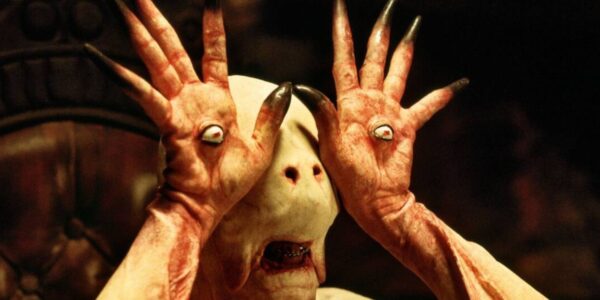
See Inside the Lavish Hotel Anya Taylor-Joy Stayed While in Sydney
We presume it was this $22k-a-night suite.

We presume it was this $22k-a-night suite.

Whether it's clapping or booing, the Cannes audience will let you know how they feel.

